The metallic coating is the process of covering a material part with an additional layer of metal and alloys to avoid corrosion. In addition to preventing deterioration, the metallic coating improves the mechanical, physical, and aesthetic properties of the parts it is applied (Substrate). There are several ways of achieving the metallic layer on the surface, including electrochemically, chemically, and mechanically.
Zinc, cadmium, aluminum, chrome, nickel, and silver are common metals used for Metallic coating. However, Zinc is the most common one in the practice of the manufacturing industry.
Common Types of Metal coating
1. Electroplating
Electroplating is the process of developing a thin layer of coating metal on the substrate surface through electrolysis. The substrate material serves as the cathode, and the coating material as the anode in the process. Aqueous solutions of acids, bases, or salts are utilized to conduct the current. Here, the coated material should be contained in the aqueous solution.
The coating material’s ions travel toward the cathode as electricity is applied to the electrodes, where they deposit a layer. This approach is most commonly used in plating Zinc on ferrous material.
Electroplating setup
The surface must be evenly coated with the liberated material from the anode. The deposition volume is affected by several variables, including current density, electrolysis duration, and other parameters. Let’s visualize this using a complex equation.
The volume of metal plated (V) = K I t
Where,
K= electrochemical equivalent constant, which varies on electrodes and electrolyte type
I= current passed through the electrolysis (A)
t= time of electrolysis (sec)
For the quality coating, the substrate needs to clean appropriately to remove rust, oils, slags, and other surface imperfection before proceeding with the electroplating.
2. Galvanization
Galvanized parts
Galvanization is the most common metallic coating process in which Zinc is coated on steel or iron to protect from corrosion. If you’ve ever observed that practically all steel goods have a brilliant, shining silver tint on their surface, that color is caused by galvanization and is known as galvanized steel. The parts are galvanized by being dipped into a hot zinc solution, which forms a thin protective layer.
In the process of hot-dipping galvanization, the cleaned base metal was dipped (after it reached close to the melting point of Zinc) into a molten zinc bath. Finally, a weak and uniform coating layer is formed by running the sheets through rollers immediately upon coating. Metallic coating with galvanization is a very affordable, simple, and quick technique that offers high corrosion resistance.
The equipment and components of agricultural machinery, automobiles, furnishings, construction, and many other items are all subjected to the galvanization process.
3. Powder coating
The powder coating method uses electrostatic force to apply a dry, metallic powder coating to the component’s surface. The powder contains refined grains of pigment particles that give the surface a suitable color.
The surface of the material that will be coated is cleaned in the first phase, where dust, rust, slags, and any other pollution are removed using either acid cleansing or just distilled water, depending on the surface cleanliness and finishing quality requirements. The cleaning process also increases the adhesiveness of the surface so that the coating will be more effective.
Powder coated part
Depending on the end application, the powder is sprayed over the surface, or the parts are submerged in a liquid with powder particles suspended. After that, the components are heated to cause the powder to melt and stick to the cover securely.
Most metal furniture has a powder coating applied to prevent rust from forming. It is a cost-effective method that makes products and parts more durable.
4. Paint coating
Paint-coated metal surface.
“Metallic paint coating” refers to applying various liquid paints to material surfaces. The process of creating an extra metal thin layer that resists corrosion is highly traditional. However, the formulation of color is a crucial component in how effective this strategy is. Therefore, different paint formulations are required based on the material type, the exposed environment, and the performance requirements.
The paint coating is less durable than the other metallic coating methods we’ve examined because it tends to wear out after a while. However, it is still an excellent way to make products and parts that will be installed indoors corrosion-resistant.
5. Thermal spraying
The thermal spraying coating is most famous for the metallic layer of steel structures. The steel used in small and large systems such as railways, tracks, and steel buildings is exposed to the environment and needs strong protection against rust formation. Due to their size, these structures are challenging to galvanize, electroplate, or coat with protective metals via other methods. But using a thermal spraying technique, it is possible to coat steel surfaces with Zinc, aluminum, or zinc-aluminum alloys.
Thermal spraying operation
Cleaning is done in the first phase to improve the surface’s adhesiveness and remove surface imperfections. Next, the spray gun with the heat source (oxygen gas flame or electric arc) is fed with the metal powder or wire forms. Then the liquid Zinc or aluminum is sprayed on the surface using a compressed air jet. Aluminum may frequently be applied as a barrier layer before the Zinc to improve the coating’s effectiveness. It uses the oxides of titanium, chromium, and nickel.
Now let’s talk a little more about the metal coating on steel since most structures today are built of steel, and all different kinds of industries use steel-made products and parts.
Try Prolean Now!
Hard Steel Coating
The primary goal of the hard coating for steel is to improve its corrosion resistance and strength in the sliding mechanism so that it may easily withstand the harshest environments without deterioration.
Parts with hard steel coating
Many mechanisms, including hydraulics, lifting, and hydrophilic, depend on the continuous sliding of surfaces; if the coating is peeled off, the surfaces lose their ability to resist corrosion, which causes the mechanism to fail. Hence, the strong coating can endure scrubbing and slide without peeling the coated layer.
Advantages
- Applying a protective metal layer to the surface shields the material from deterioration and wear.
- After applying the metal coating, it will resist wear and tear, making the end-product much more durable.
- The extra layer also helps with the substrate material’s mechanical and physical characteristics, such as hardness and strength.
- Have you ever heard the term “metal hygiene”? It alludes to the keeping of the surface clean for a long time. Surface with Metallic coating prevents dust formation in it and maintains hygiene.
- After metallic coating, the substrate surface will appear shiny and appealing, making it easy to apply colors during post-processing.
Applications
Almost all industries, including aerospace, automotive, agricultural, defense, medical, and construction, need components and products that are protected from the metallic coating.
Conclusion: Metallic Coating Service at ProleanHub
The primary purpose of the metallic coating is to protect the material surface from corrosion to enhance the durability of the end product. There are various ways of getting metal coating; we have discussed significant approaches in this article. The selection of the proper coating process depends on the type of the material, required specification, economics, analysis, and many others factors. So, the process might be complex for you.
We offer professional metallic coating services, including electroplating, galvanization, powder coating, black oxide, and even hard steel layers. Our expert engineers who have worked in the surface finishing sector for over a decade will choose the correct coating approach for you, depending on your need and cost-effectiveness. So, if you need any related service or consultation, don’t hesitate to contact us.
FAQ’s
What is the best metallic coating for my project?
The metallic coating type depends on your project’s substrate material and other parameters.
What are the common types of metallic coating?
Electroplating, galvanizing, powder coating, thermal spraying, and painting are the common types of metallic coating.
What is hard steel coating?
Hard steel coating is a particular type of metallic coating process for the steel components which take part in sliding operation continuously, which mainly contains oxides, nitrides, carbides, borides, or carbon.
What is the primary purpose of metallic coating?
The primary purpose of metallic coatings is to prevent the metal from corrosion and increase the durability of the end product.

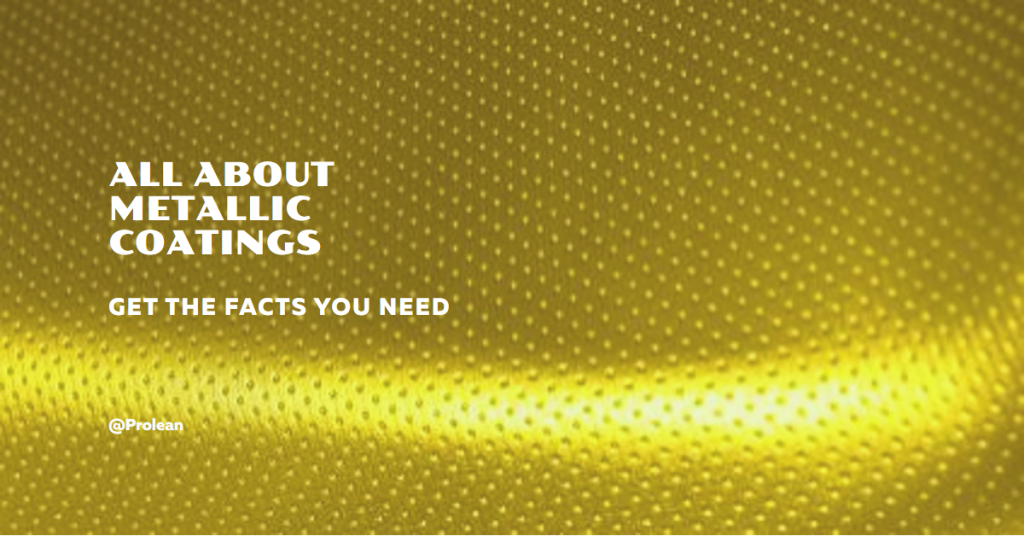
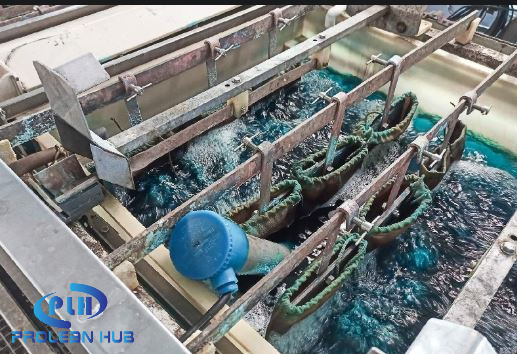
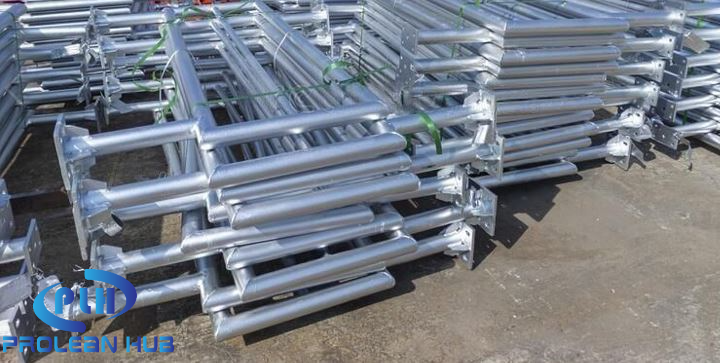
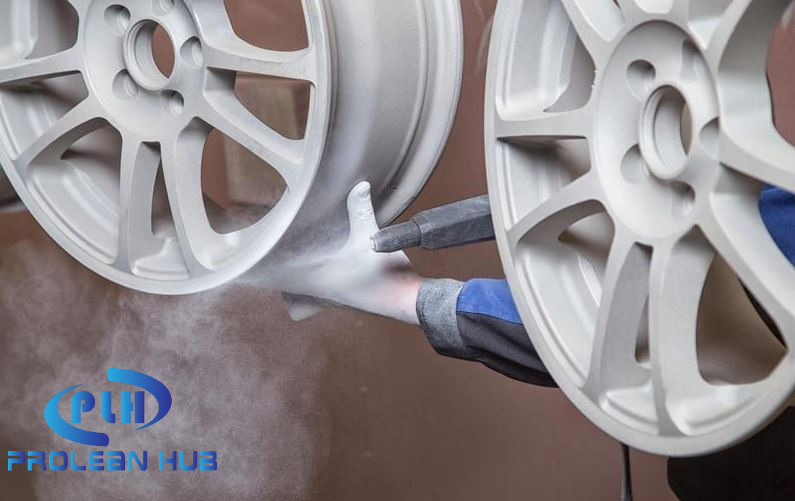
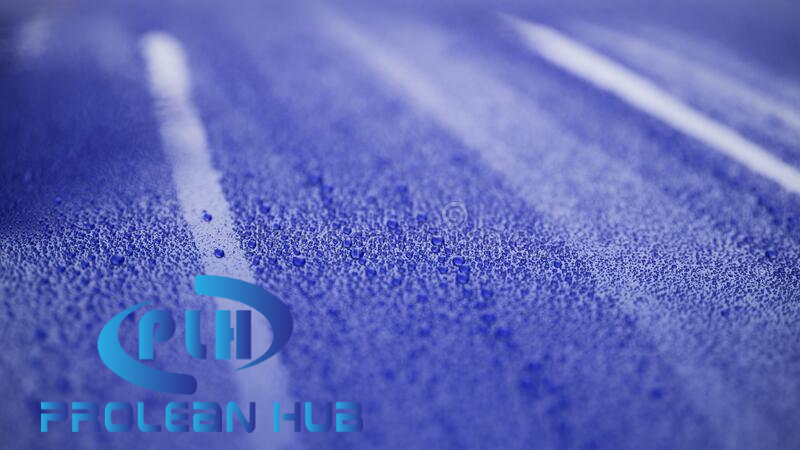
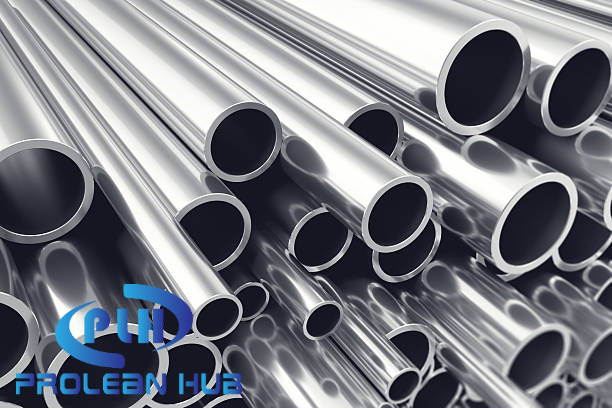
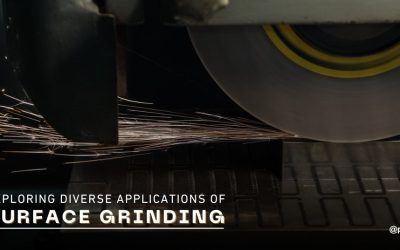
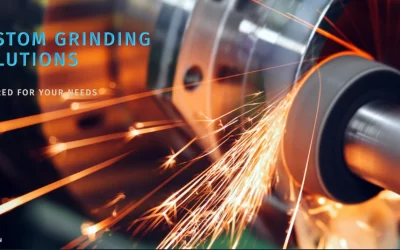
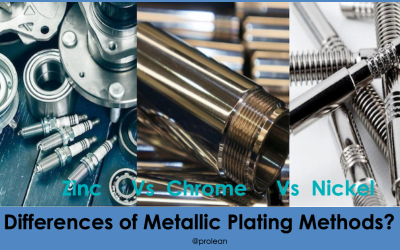

0 Comments